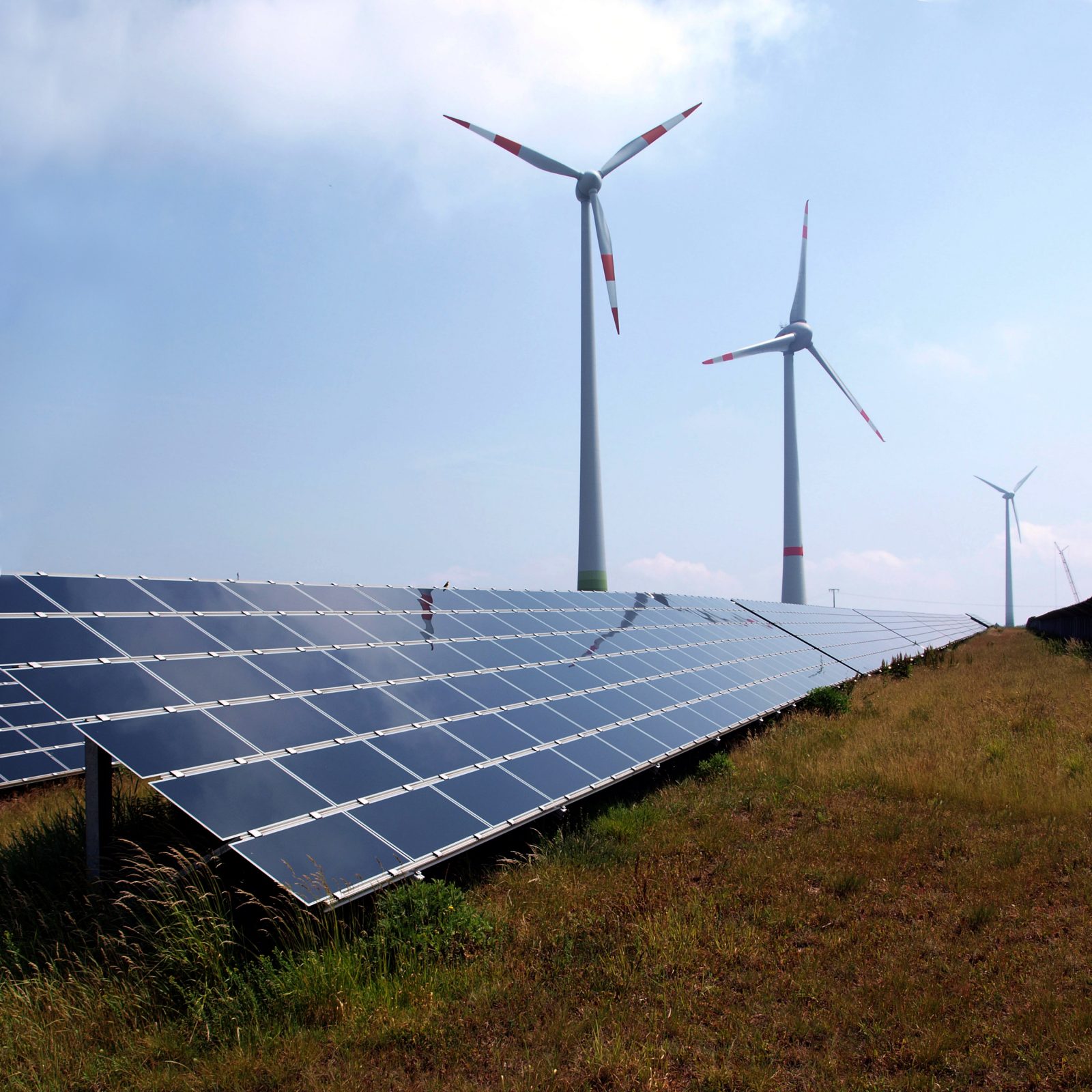What is it?
In 2000 Germany launched its very ambitious program called “Energiewende” or energy transition, which intends to show that a mighty economy can switch from fossil to renewable energy and still remain flourishing.
Germans were motivated in order to contribute to stop global warming, to get rid of nuclear energy, which they feared; the Fukushima nuclear disaster exacerbated their fear; to stop the distress caused by the constant rise in the cost of fuel energy and to be energy-independent. Thus, having renewable energy would reduce Germany’s carbon monoxide emissions and by 2022, the promise was that nuclear power would totally be wiped out of the country.
Although the cost of solar and wind energy is high, Germans were told their investment would be worth it and that they would profit from this investment. The renewable energy act states that the surcharge for twenty years guarantees the consumer a payback for their investment.
The idea was for Germany; the number one economic power in Europe, to do this without harming or risking the economy of the country. But that seems to be an impossible task and therefore the debate.
Why are they Debating?
The idea behind becoming the photovoltaic world champion is really compelling. With one hour of the sun’s energy, Germany would be able to satisfy a whole year of the world’s energy consumption. Although theoretically it sounded feasible and magnificent it was too good to be true.
First of all, in spite of the vast investment, Germany solar and wind power satisfies less than 5% of Germany’s total energy consumption. It is difficult to rely on weather conditions, the sun not always shines nor does the wind always blow. Second, solar power is more expensive than fossil fuel energy, and not even the German’s strong economy can afford it. Third, the current events predict that Germany might have to consider importing energy from nuclear power plants from neighbor countries in the near future.
The consequences seem to have gotten out of control. Germany can no longer afford the cost of the green subsidies. Companies claim that energy takes 60% of the manufacture of their products and are considering moving from Germany, since producing their products is 30% cheaper in other European countries and in Asia. Hundreds of employees are fearful of losing their jobs.
Germans now pay the second-highest price for electricity in the developed world. Denmark, the world champion in wind energy has the first place. Householders claim they can no longer afford their energy bill. People claim there was mismanagement in the subsidies by the government.
What does it Mean for the United States?
The United States is the third country in investing in green energy after China and Germany. The journey to fulfill the United States energy demand’s with renewable power can be murky. Germany is no longer held as an example for the United States to follow its steps, but on the contrary, it is presented as a way to avoid repeating the same mistakes.
In the United States, more than half the states are already enjoying a certain amount of electricity coming from renewable technologies. Subsidies and tax breaks are granted to these technology users by state and federal government. The federal government has given loans and grants to renewable producers to foment green production and innovation, but some of these companies have already gone bankrupt.
If Americans don’t want to be struggling to pay their electric bill and see the reverse side of green energy, they must not continue implementing the German’s policies and procedures. This energy transition can put the country’s economy in risk and this is something the United States cannot afford.
Featured images:
- License: Creative Commons image source
Today’s post was contributed by Angelica Figueroa from the creative writing team at Bob Heinmiller Solar in beautiful Orlando, Florida.
























